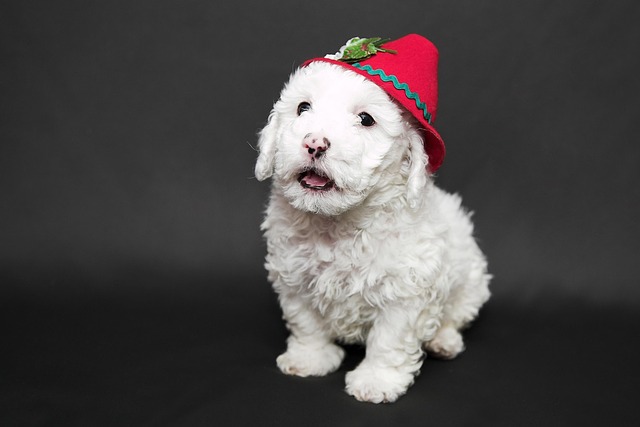
How do i train my dog to be obedient?
Watching your dog dart across the park ignoring your calls isn’t just frustrating—it can put them at risk near busy streets or public spaces.
Training a dog to socialize well isn’t just about making playdates easier—it’s about helping them feel safe in the world, whether that’s at the park, on a walk, or when guests drop by. A dog that’s comfortable around people, other animals, and new environments is happier, and that makes your life together smoother, too. It starts with understanding that socialization is a skill, not something they’re born knowing, and it takes time to build.
Start with small, controlled moments. Puppies between 3 and 14 weeks old soak up new experiences fastest, but even adult dogs can learn. Take them to quiet streets first, where they’ll see a few people walking by—keep the leash short but loose, so they don’t feel trapped. Let them sniff a neighbor’s friendly cat from a distance, or watch kids play from the sidewalk. Always stop if they seem tense—panting, tucked tails, or flattened ears mean it’s too much, too soon.
Reward the good stuff, every single time. When your dog stays calm around a stranger or greets another dog without jumping, toss them a tiny treat or give a big, excited “Good job!” Dogs remember what gets them praise. Avoid scolding if they get nervous—yelling can make them associate new things with fear. Instead, gently guide them away and try again later with a calmer setup.
 Know your local rules. Most areas have leash laws, so keep that collar and tag on whenever you’re out—tags with your info aren’t just polite, they’re often required. Some parks have designated off-leash hours, but even then, keep an eye on how your dog interacts. If another owner says their dog isn’t friendly, respect that—stepping back keeps everyone safe, and it’s part of being a responsible neighbor.
Know your local rules. Most areas have leash laws, so keep that collar and tag on whenever you’re out—tags with your info aren’t just polite, they’re often required. Some parks have designated off-leash hours, but even then, keep an eye on how your dog interacts. If another owner says their dog isn’t friendly, respect that—stepping back keeps everyone safe, and it’s part of being a responsible neighbor.
Watch their body language like a pro. A wagging tail doesn’t always mean “let’s play”—a high, fast wag might signal excitement that could tip into overwhelm. A slow, relaxed wag with soft eyes? That’s a good sign. If they freeze or try to hide behind you, that’s their way of saying, “I need a break.” Listen to that—pushing them past their comfort zone can undo progress.
Pet-friendly spots are great practice, but pick wisely. Coffee shops with outdoor patios, farmers’ markets, or even hardware stores that welcome dogs let them get used to busy sounds and smells. Always ask before letting them approach someone’s dog—some pups prefer their space, and that’s okay. Carrying a small bag of treats to offer kids can help them learn that little humans mean good things.
If progress feels stuck, don’t stress. Some dogs need extra help, and there’s no shame in working with a certified trainer. They can spot little habits you might miss and tailor exercises to your dog’s personality. Remember, socialization isn’t about making them love every living thing—it’s about helping them stay calm, no matter what the day brings. That’s a gift you’re giving both of you.

Watching your dog dart across the park ignoring your calls isn’t just frustrating—it can put them at risk near busy streets or public spaces.

New puppy owners often find themselves rushing to clean up accidents before they set in, and that’s where puppy pad training becomes a game-changer.

If you've noticed your dog's waistline disappearing and your veterinarian has mentioned those few extra pounds, your first instinct might be to simply reduce the amount of food in their bowl.

Training a dog to use a designated spot indoors isn’t as daunting as many new owners fear, but it does take consistency and an understanding of your pet’s needs.

That moment of dread on a walk is all too familiar for many new dog owners. You see another dog approaching down the sidewalk of your neighborhood

If the sight of another dog on your neighborhood walk makes your heart sink as your own dog erupts into a frenzy of barking and lunging, you're not alone.